Nationality French Name Francoise Sagan | Role Playwright | |
 | ||
Born Francoise Quoirez21 June 1935Cajarc, France ( 1935-06-21 ) Movies Bonjour Tristesse, Goodbye Again, A Certain Smile Spouse Robert Westhoff (m. 1962–1963), Guy Schoeller (m. 1958–1960) Books Bonjour Tristesse, A Certain Smile, Aimez‑vous Brahms?, La Chamade, The Unmade Bed Similar People Denis Westhoff, Guillaume Hanoteau, Otto Preminger, Guy Schoeller, Anthony Perkins | ||
Francoise Sagan Quotes
Françoise Sagan ([sagɑ̃]; 21 June 1935 – 24 September 2004) – real name Françoise Quoirez – was a French playwright, novelist, and screenwriter. Hailed as "a charming little monster" by François Mauriac on the front page of Le Figaro, Sagan was known for works with strong romantic themes involving wealthy and disillusioned bourgeois characters. Her best-known novel was her first – Bonjour Tristesse (1954) – which was written when she was a teenager.
Contents
- Francoise Sagan Quotes
- Fran oise sagan a eleg ncia de viver rtp2
- Biography
- Personal life
- Death
- Film
- Quotes
- Novels
- Short story collections
- Plays
- Autobiographical works
- Biographical works
- References
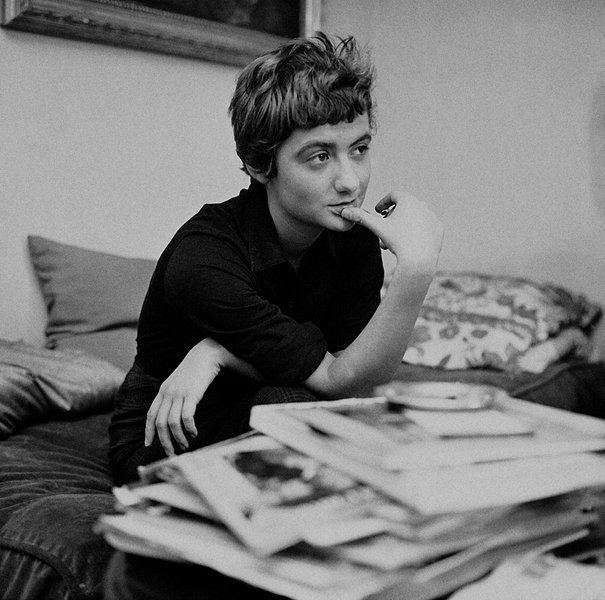
Fran oise sagan a eleg ncia de viver rtp2
Biography
Sagan was born in Cajarc (Lot) and spent her early childhood in Lot, surrounded by animals, a passion that stayed with her throughout her life. Nicknamed 'Kiki', she was the youngest child of bourgeois parents – her father a company director, and her mother the daughter of landowners. Her family spent World War II (1939–45) in the Dauphiné, then in the Vercors. Her paternal great-grandmother was Russian from Saint Petersburg. The family had a home in the prosperous 17th arrondissement of Paris, to which they returned after the war. Sagan was expelled from her first school, a convent, for "lack of deep spirituality." She was expelled from the Louise-de-Bettignies School because she had "hanged a bust of Molière with a piece of string." She obtained her baccalauréat on the second attempt, at the cours Hattemer, and was admitted to the Sorbonne in the fall of 1952. She was an indifferent student, and did not graduate.
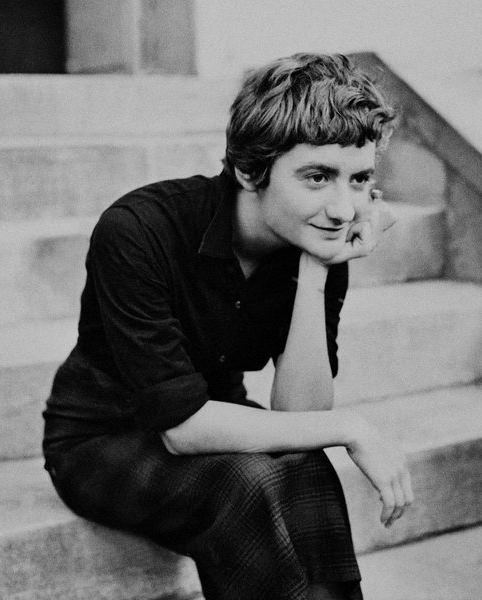
The pseudonym "Sagan" was taken from a character ("Princesse de Sagan") in Marcel Proust's À la recherche du temps perdu (In Search of Lost Time). Sagan's first novel, Bonjour Tristesse (Hello Sadness), was published in 1954, when she was 18 years old. It was an immediate international success. The novel concerns the life of a pleasure-driven 17-year-old named Cécile and her relationship with her boyfriend and her adulterous, playboy father.
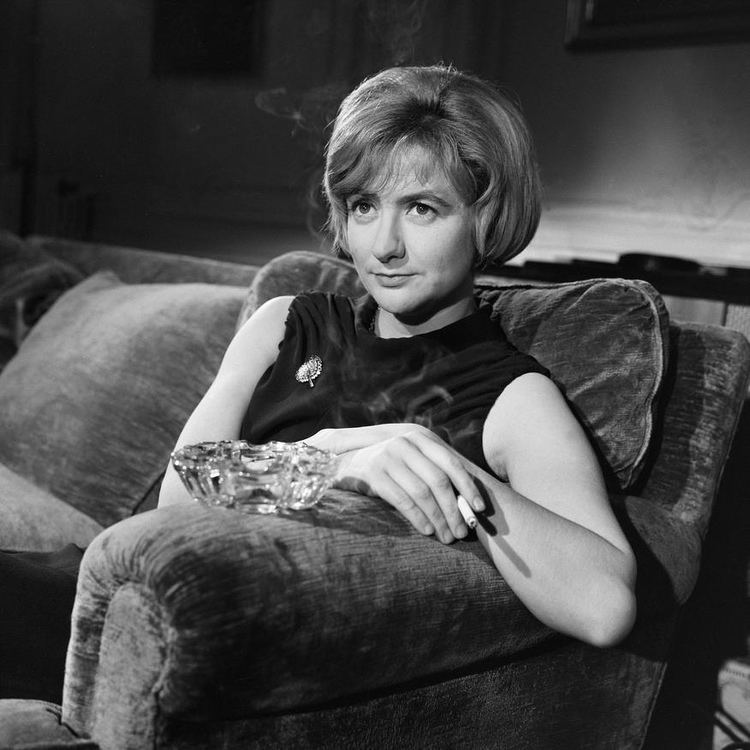
Sagan's characters, which became something of an icon for disillusioned teenagers, are in some ways similar to those of J. D. Salinger. During a literary career lasting until 1998, Sagan produced dozens of works, many of which have been filmed. She maintained the austere style of the French psychological novel even while the nouveau roman was in vogue. The conversations between her characters are often considered to contain existential undertones. In addition to novels, plays, and an autobiography, she wrote song lyrics and screenplays.
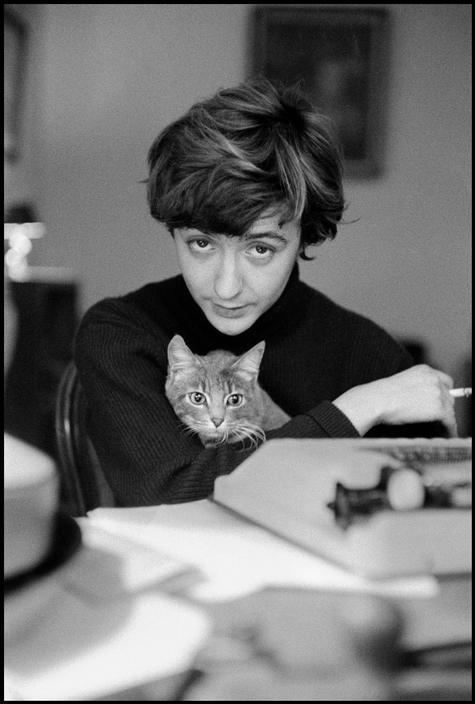
In the 1960s, Sagan became more devoted to writing plays, which, though lauded for excellent dialogue, were only moderately successful. Afterward, she concentrated on her career as a novelist.
Personal life
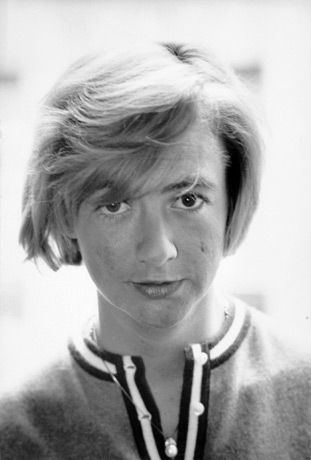
Sagan was married twice. On 13 March 1958, she married her first husband, Guy Schoeller, an editor with Hachette, who was 20 years older than Sagan. The couple divorced in June, 1960. In 1962, she married Bob Westhof, a young American playboy and would-be ceramicist. The couple divorced in 1963; their son Denis Westhoff was born in June 1963. She then had a long-term lesbian relationship with fashion stylist Peggy Roche. She also had a male lover, Bernard Frank, a married essayist obsessed with reading and eating. She added to her self-styled "family" by beginning a long-term lesbian affair with the French Playboy editor Annick Geille, after Geille approached Sagan for an article for her magazine.
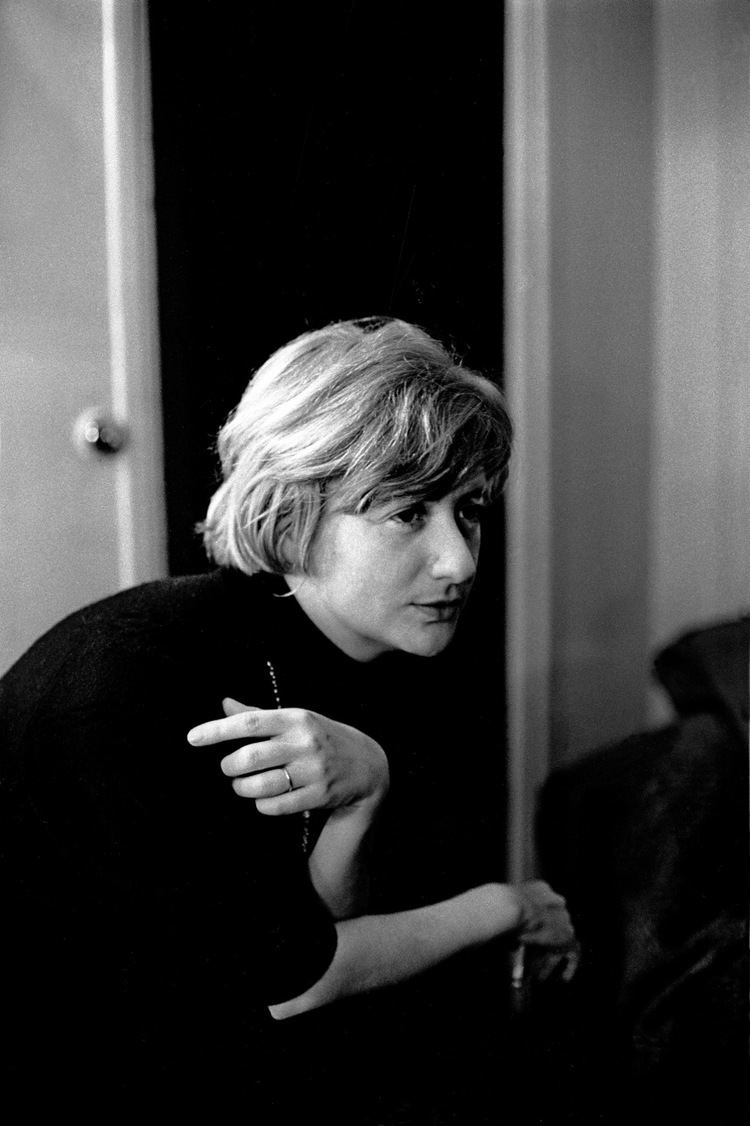
Fond of traveling in the United States, she was often seen with Truman Capote and Ava Gardner. On 14 April 1957, while driving her Aston-Martin sports car, she was involved in an accident that left her in a coma for some time. She also loved driving her Jaguar automobile to Monte Carlo for gambling sessions.

In the 1990s Sagan was charged with and convicted of possession of cocaine.
At various times of her life, Sagan was addicted to a number of drugs. She was a long-term user of prescription pills, amphetamines, cocaine, morphine, and alcohol. When the police came for an inspection of her house, her dog Banko showed cocaine to them and also licked the cocaine. Sagan told the police, "Look! He likes it too."
In 2010, her son Denis established the Prix Françoise Sagan.
Death
Her health was reported to be poor in the 2000s. In 2002 she was unable to appear at a trial that convicted her of tax fraud in a case involving the former French President François Mitterrand, and she received a suspended sentence. Françoise Sagan died of a pulmonary embolism in Honfleur, Calvados, on 24 September 2004 at the age of 69. At her own request she was buried at her beloved birthplace, Cajarc.
In his memorial statement, the French President Jacques Chirac said: "With her death, France loses one of its most brilliant and sensitive writers – an eminent figure of our literary life."
She wrote her own obituary for the Dictionary of Authors compiled by Jérôme Garcin : "Appeared in 1954 with a slender novel, Bonjour tristesse, which created a scandal worldwide. Her death, after a life and a body of work that were equally pleasant and botched, was a scandal only for herself."
Film
Sagan's life was dramatized in a biographical film, Sagan, directed by Diane Kurys, released in France on 11 June 2008. The French actress Sylvie Testud played the title role.
Quotes
Novels
Short story collections
Plays
Autobiographical works
Published posthumously by L'Herne:
Biographical works
Quotes
A dress makes no sense unless it inspires men to want to take it off you
To jealousy - nothing is frightful than laughter
Art must take reality by surprise
